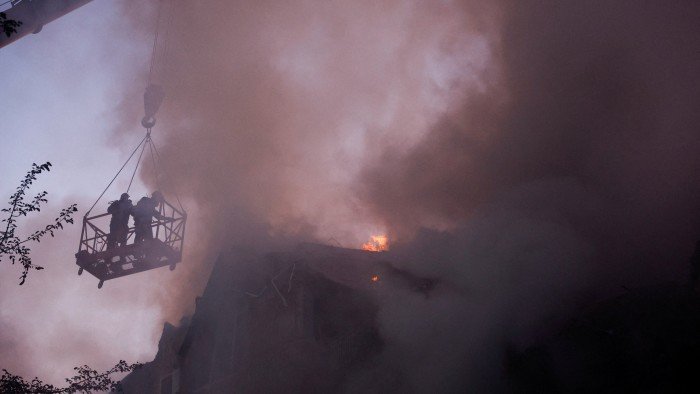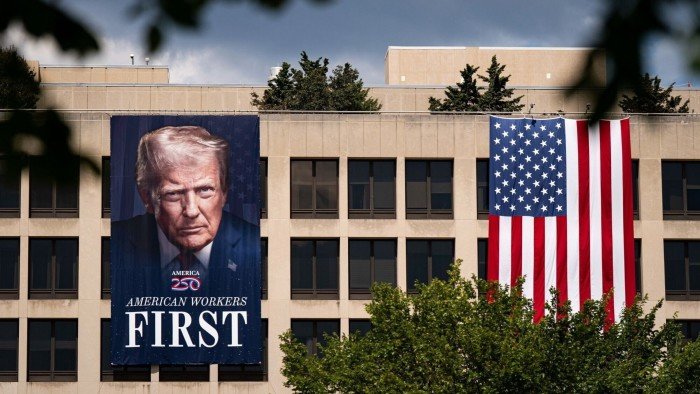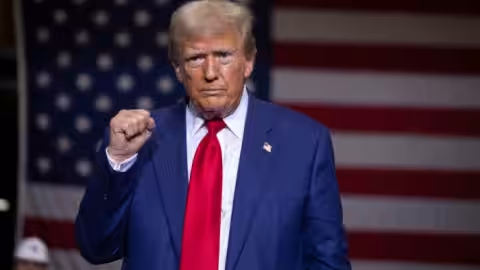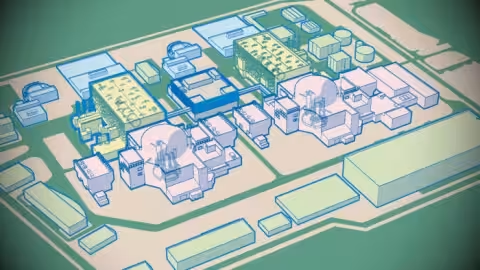At least 10 people have been killed and 48 injured in Kyiv in the deadliest Russian drone and missile attack on the Ukrainian capital since late July.
“Tragically, at least 8 people have already been confirmed dead. One of them is a child,” said Ukraine’s President Volodymyr Zelenskyy in a message on the social media platform X on Thursday.
Victims might still be trapped under the rubble following “another massive attack against our cities and communities”, Zelenskyy said.
One missile hit a five-storey residential building in the capital’s Darnytskyi district, local authorities said.
There had been a sharp decrease in attacks on the capital in the run-up to a mid-August meeting in Alaska between US President Donald Trump and Russian President Vladimir Putin. Trump failed to secure any commitment from Putin to end the war.
After the attack, Zelenskyy called for new sanctions against Russia. “All deadlines have already passed, dozens of opportunities for diplomacy have been ruined,” he said.
The bombardment involved long-range, Iranian-designed drones, decoy drones meant to distract and overwhelm air defences, as well as cruise and ballistic missiles, authorities said.
Damage was recorded in 20 locations across seven districts of the city, Tymur Tkachenko, head of the city’s military administration, wrote on Telegram.
While Kyiv suffered the brunt of the raid, explosions were reported elsewhere. At least 60,000 people were left without electricity following strikes on energy infrastructure in the Vinnytsia region, according to local authorities, while Ukrainian railways said a passenger train was damaged in a strike at a depot.
Ukrainian drones also hit two oil refineries overnight in Russia’s Krasnodar and Samara regions, Robert Brovdi, the head of a Ukrainian military unit dedicated to drones, wrote on Telegram.























